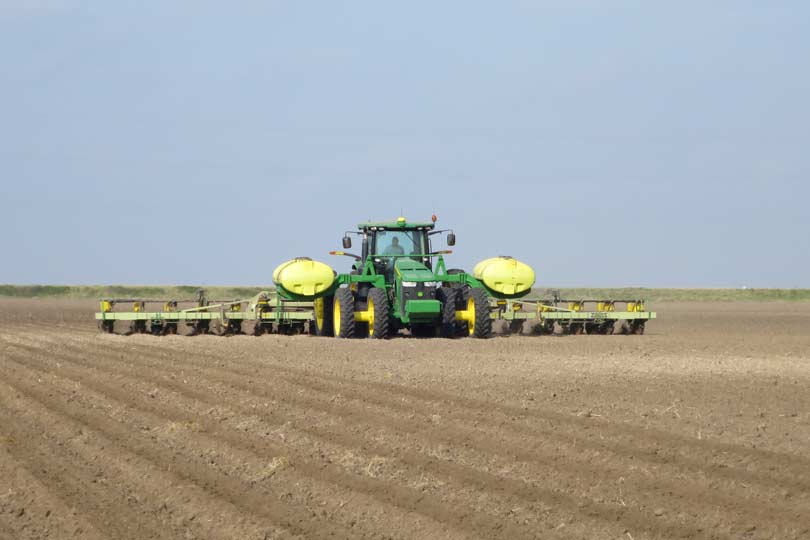By Justin Walker
Communications Specialist
Advancements in agricultural technology continue to progress with an opportunity to improve food quality and sustainability in the coming years.
The market for “smart agriculture” is projected to reach $13.5 billion by 2023, meaning more technology on the farm, Tony Franklin, general manager for the Internet of Things (IoT) at Intel Corporation, said.
“We try to identify how our technologies can be applied to solve problems for target markets and customers,” Franklin said. “We focus primarily on high-performance computer technologies, as well as communication technologies, which have great applicability for food systems.”
The autonomous tractor is one example of the technology Franklin and his team work on. The equipment would be able to measure everything as it covers the field, identifying crops from weeds and taking action based on the information on hand.
Other technological advancements include the ability to monitor the land using different instruments, Franklin said. Factors such as soil moisture conditions, air conditions and the amount of sunlight and wind are just some of the data farmers can collect to improve efficiency.
There are, however, barriers to the implementation of some advancements. Security and privacy are areas IoT continue to research to employ products more broadly, Franklin said.
“We’ve made it a priority to implement security down at the silicon level, at the lowest level of the platform architecture, to try to address these concerns,” he said. “There have to be partnerships to address the various cases. We have leveraged our Internet of Things Solutions Alliance to enable a broader ecosystem of companies.”
Even as new technologies are delivered, there won’t all be a one-size-fits-all product.
While agriculture is a focus area, many of the items IoT has developed have been applied to larger farms. For smaller farms, these advancements would need to be modified and have their applicability assessed, Franklin said.

